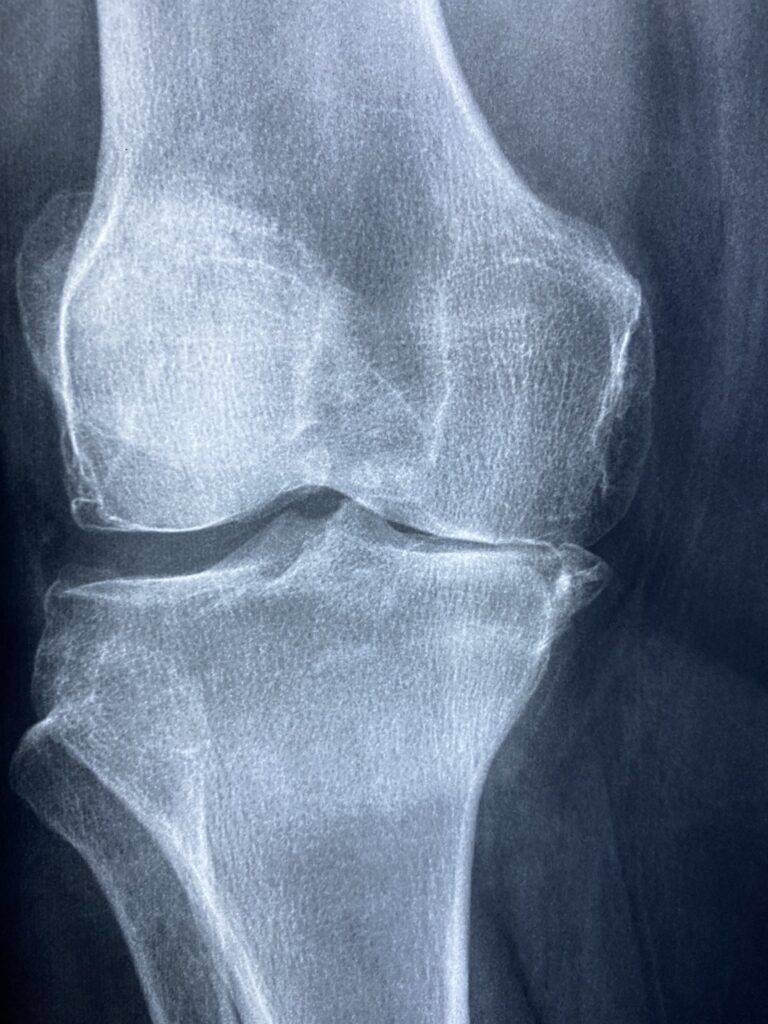Whooping cough, also known as pertussis, is a highly contagious respiratory infection caused by the bacterium Bordetella pertussis. It affects the respiratory tract, particularly the airways, and can cause severe coughing fits.
2. Symptoms of Whooping Cough:
- Initial Stage: Symptoms may resemble those of a common cold, including a runny nose, sneezing, low-grade fever, and mild cough.
- Paroxysmal Stage: The characteristic symptom is severe, uncontrollable coughing fits that may be followed by a high-pitched “whoop” sound when inhaling.
- Recovery Stage: Symptoms gradually improve over several weeks, but coughing fits may persist for several months.
3. Causes and Transmission:
- Bordetella Pertussis Bacteria: The bacterium Bordetella pertussis is responsible for causing whooping cough.
- Airborne Transmission: The bacteria spread through respiratory droplets when an infected person coughs or sneezes, making it highly contagious.
4. Risk Factors:
- Age: Infants and young children are at the highest risk of severe complications from whooping cough.
- Incomplete Vaccination: Individuals who are not fully vaccinated, including infants who have not completed their primary vaccination series, are more susceptible to infection.
- Waning Immunity: Immunity from pertussis vaccines may decrease over time, increasing the risk of infection in adolescents and adults.
5. Diagnosis of Whooping Cough:
- Clinical Evaluation: Healthcare providers may diagnose whooping cough based on the characteristic symptoms, especially severe coughing fits followed by a “whoop” sound.
- Laboratory Tests: Nasopharyngeal swab samples may be collected and tested using polymerase chain reaction (PCR) or culture to detect the presence of Bordetella pertussis bacteria.
6. Pharmacokinetics (PK) and Pharmacodynamics (PD) of Whooping Cough Treatment:
- Antibiotics: Antibiotics such as azithromycin, clarithromycin, or erythromycin are commonly used to treat whooping cough, especially when given early in the course of the illness.
- Supportive Care: Supportive measures such as rest, hydration, and over-the-counter medications to relieve cough and fever may help manage symptoms.
- Prevention: Vaccination is the most effective way to prevent whooping cough. The DTaP vaccine is routinely recommended for infants and children, and the Tdap vaccine is recommended for adolescents and adults.
7. Pathophysiology of Whooping Cough:
- Bordetella pertussis bacteria attach to the cilia (hair-like structures) lining the respiratory tract, producing toxins that damage the airway epithelium.
- This damage leads to inflammation and swelling of the airways, causing the characteristic coughing fits and the “whoop” sound during inhalation.
- Severe complications of whooping cough may include pneumonia, seizures, encephalopathy, and death, especially in infants.
8. Non-Pharmacological Treatment and Prevention:
- Vaccination: Vaccination is the most effective way to prevent whooping cough. The DTaP vaccine is given to infants and young children in multiple doses, and the Tdap vaccine is recommended for adolescents and adults, including pregnant women.
- Hygiene Measures: Practicing good respiratory hygiene, such as covering the mouth and nose when coughing or sneezing, can help prevent the spread of whooping cough.
- Isolation: Individuals diagnosed with whooping cough should be isolated from others, especially infants and young children, to prevent transmission.
9. Conclusion: Whooping cough is a highly contagious respiratory infection caused by the bacterium Bordetella pertussis. It is characterized by severe coughing fits and can lead to complications, especially in infants and young children. Early diagnosis, treatment with antibiotics, and vaccination are key strategies for managing and preventing whooping cough. If you suspect you or your child has whooping cough, seek medical attention promptly for evaluation and appropriate management.




